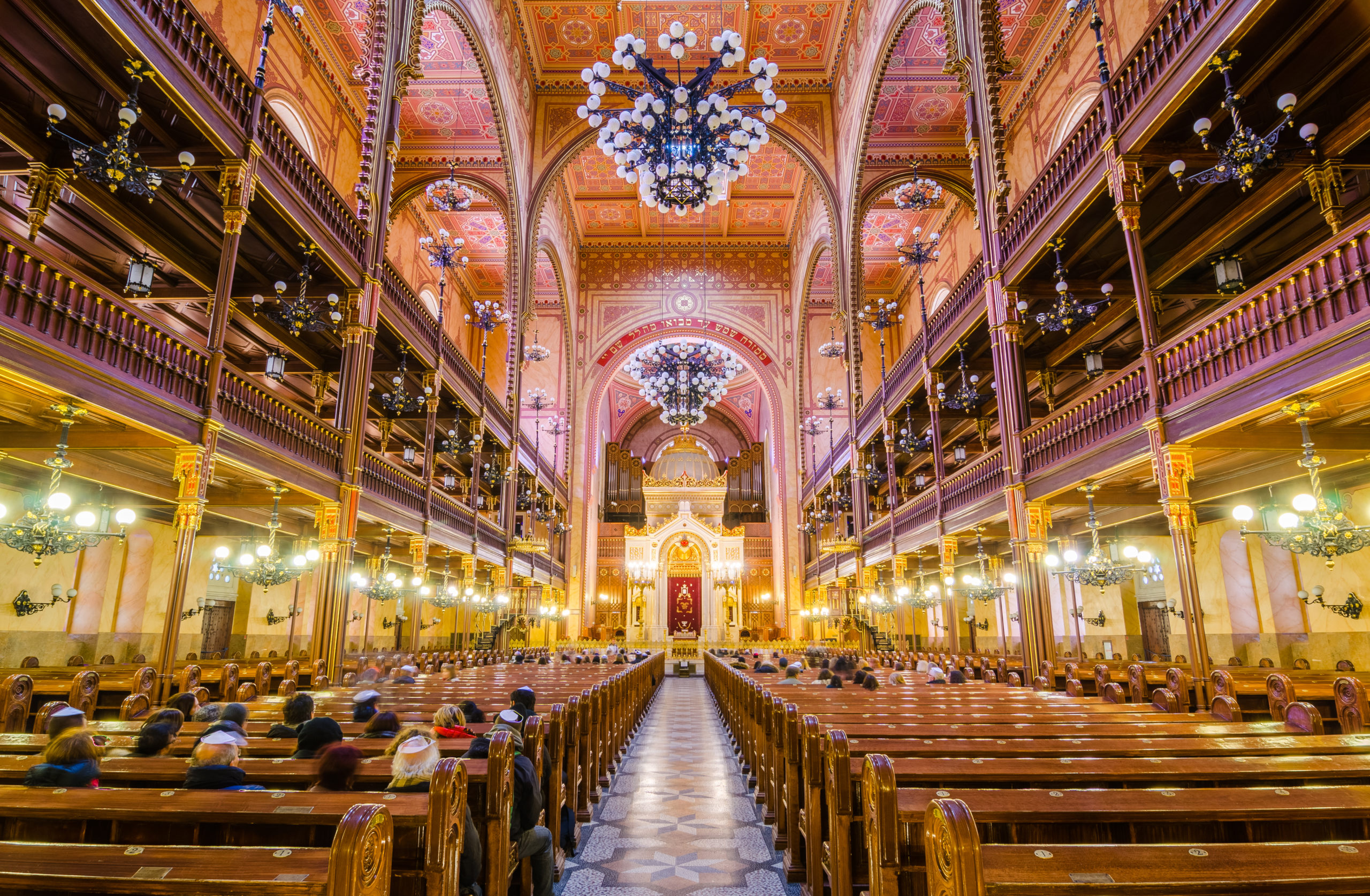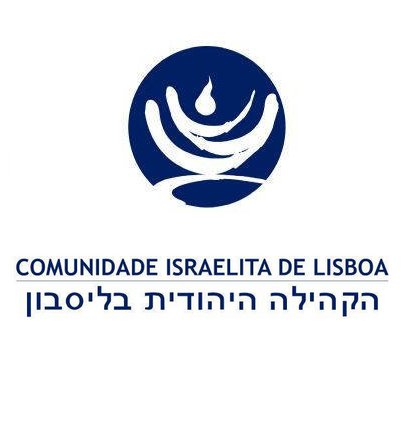Jewish Community of Lisbon (Comunidade Israelita de Lisboa)
The present Jewish Community of Lisbon originated in the Sephardic Jewish Groups that have settled in Portugal in the early XIX Century. They were mainly tradesmen, coming from Gibraltar and Morocco (Tangier, Tetouan and Mogador) and some of their names still expressed a connection to their Iberic lands of origin, before the period they were expelled from there. That is the case of CONQUI (from Cuenca, province of Cuenca) or CARDOSO (from Cardoso, Viseu District).
Official recognition of the Community
The first step to the official recognition of Israeli Community of Lisbon dates from 1868, when the Government grants a Permit, through a Charter from King D. Luís that gives “Jews from Lisbon the permission to establish a cemetery to bury their co-religionists”. This is the old Calçada das Lages Cemetery, presently known as Afonso III Cemetery, which is still an active cemetery to this day.
This Royal diploma has a true historical importance, since it is an implicit, though non-formal, acknowledgement of the Israeli Community of Lisbon. Actually, this one will only be officially recognized by the Republican Government in 1912, precisely 416 years after the Edict of Expulsion and almost a century after the Inquisition’s extinction.
The official recognition of the community and construction of the synagogue gave a new boost to the community’s life in Lisbon. Thus, soon in 1912 the Hebrew Studies Association “Ubá le Zion” is created, whose great promoter was Adolfo Benarus, professor of the Faculty of Letters of Lisbon, writer and educator, founder of the Israeli School too, in 1929, school that once had nearly 100 students.
The creation of a bulletin, directed by Joseph Benoliel, a bond between the members of the community, the organization of a Library in 1915 and the foundation of the Hehaver Israeli Youth Association in 1925 were other mark stones of the Israeli Community of Lisbon’s consolidation.
The support to World War II refugees
Yet, from that time on, the community will experience, as a result of the European events, a deep change both in terms of its action and of its composition. The anti-Semitic persecutions in the east and the fast rise of Nazism in Germany lead to the arrival into Portugal of the first Ashkenazi Jews that quickly adapt to the Portuguese society and the Israeli Community. The outbreak of World War II, the neutrality policy to which Portugal referred to in the framework of the alliance with England and the granting of transit visas to nearly one hundred thousand refugees originated an influx of tens of thousands of Jews to Portugal. The few who stayed changed the mostly Sephardic proportions of the Lisbon community.
Portuguese Jews played an important role during this period in supporting these refugees, first through the creation of the “Portuguese Commission for Assistance to the Refugee-Jews in Portugal” (COMASSIS) directed by Augusto Esaguy, and later straightly led through the Community’s own refugee-support section, chaired by Moisés Amzalak and whose great animator was Elias Baruel. Funded by Joint and other international Jewish institutions, the community kept the Economic Kitchen and the Israeli Hospital, providing daily meals, clothes and healthcare to refugees.
Until the 60s the community has remained demographically stable, but the creation of the State of Israel and the outbreak of the Colonial War led to the departure of some families. Today, though decreased in number and tending towards a progressive assimilation, the community maintains its essential services running: Synagogue, Cemetery, Social Center and the Somej Nophlim Charitable Association.
The political opening corresponding to the post-revolution of April and the opening of Portuguese borders after Portugal joined the European Union has brought to our country Jewish citizens originating from various countries, from Europe and Brazil. These arrivals, if they keep on accelerating, may give a new layout to the Jewish community in Portugal.



 NOA is co-funded by the Rights, Equality and Citizenship Programme (2014-2020) of the European Union
NOA is co-funded by the Rights, Equality and Citizenship Programme (2014-2020) of the European Union